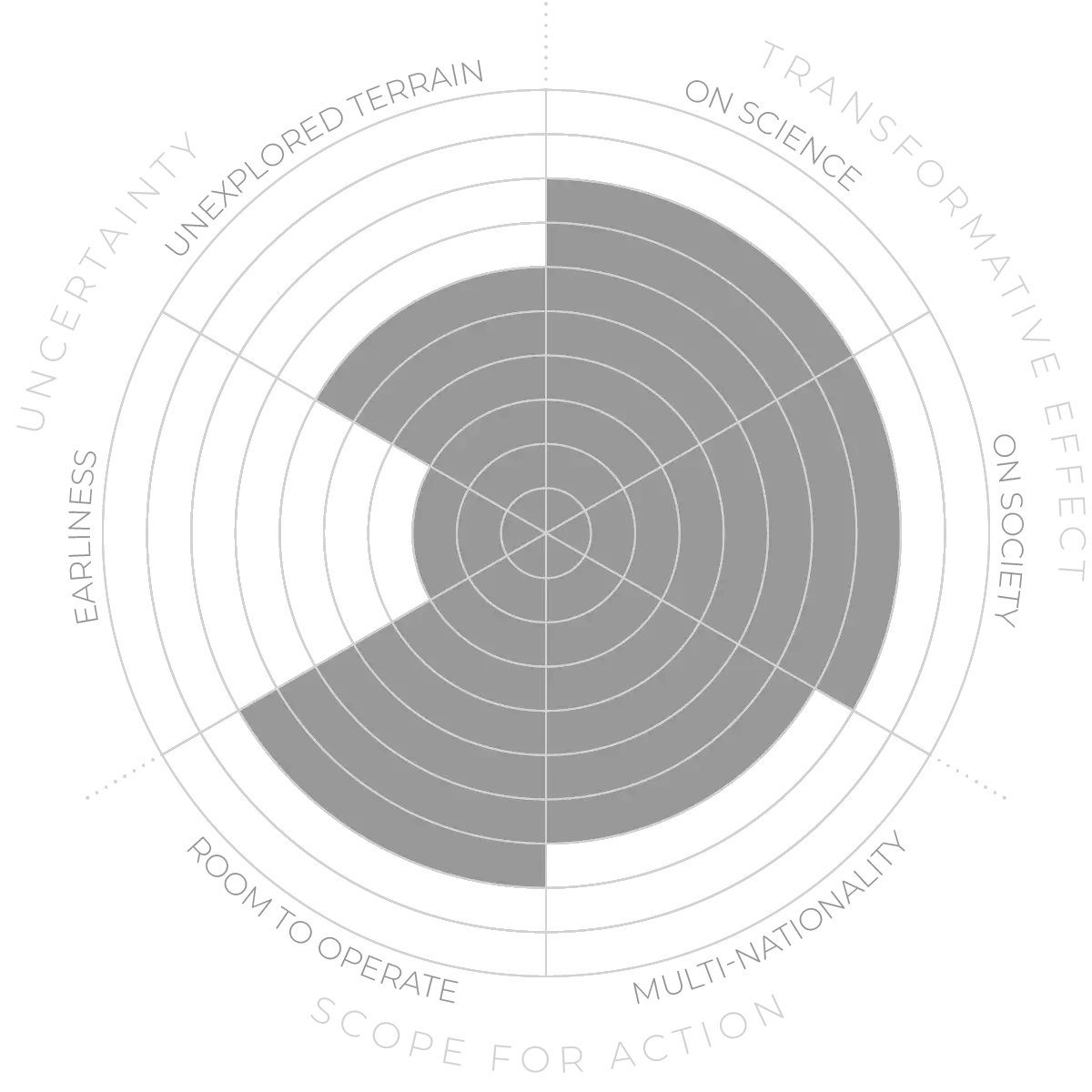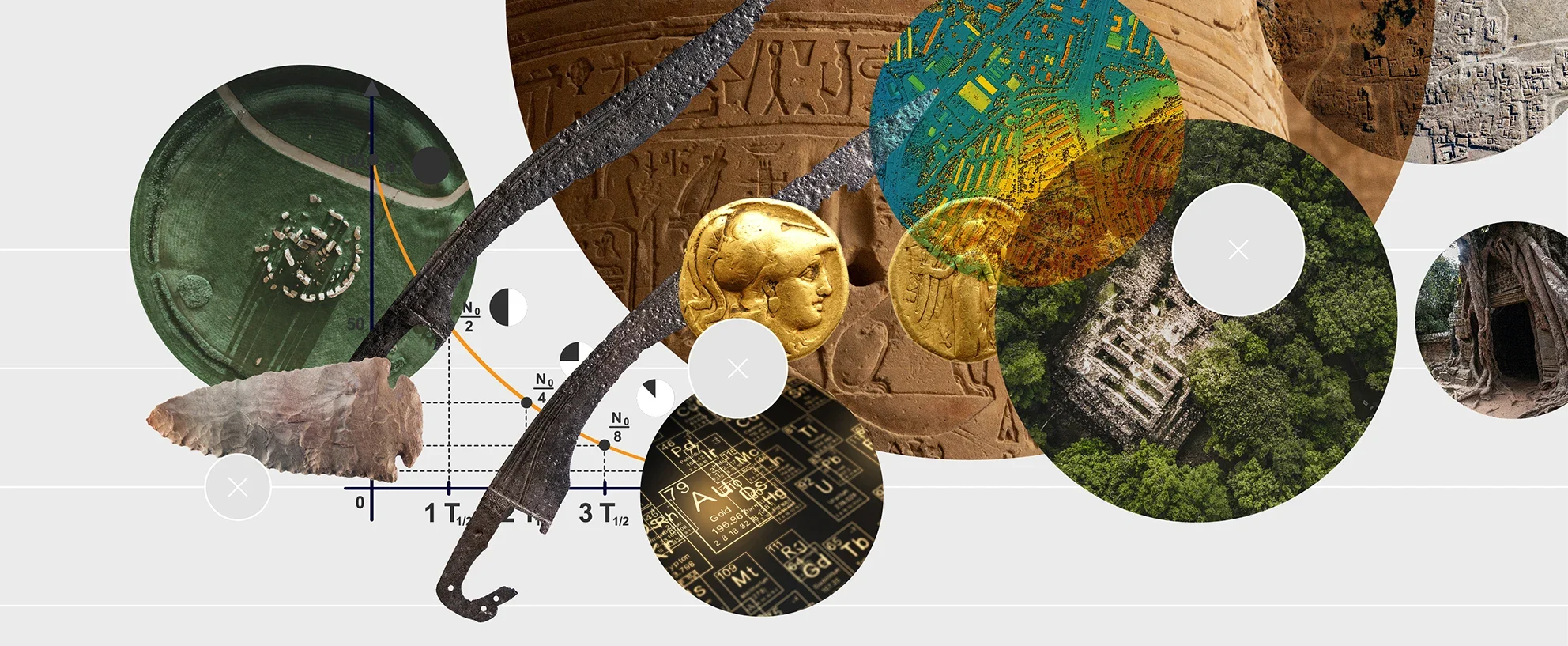Future Horizons:
10-yearhorizon
Standardisation improves archaeological insight
25-yearhorizon
Scanning improvements give new views of artefacts
At smaller scales, advances in the use of isotopes, including non-traditional isotopes, are enabling archaeologists to trace the materials in artefacts like swords back to their mineral sources.45,46 These studies are revealing continent-spanning exchange networks long before empires or modern globalisation.47 Similarly, new dating techniques like uranium-thorium are proving invaluable for determining the age of artefacts such as rock art, providing some of the first hard evidence that other hominins, such as Neanderthals, made art.48 AI is also proving useful. It has helped to identify the chemical signatures of heating in ancient rocks, for example, providing evidence of the controlled use of fire a million years ago.49
New methods are being brought to bear on the interpretation and decoding of artefacts. Photogrammetry, which enables the three-dimensional scanning of artefacts, is increasingly used to reveal hidden details and patterns.50 AI can restore degraded ancient texts and identify their sources and ages.51 Similarly, ancient scrolls that are tightly wrapped and damaged can now be 3D-scanned and some of the text read.52
Exposing and decoding world heritage - Anticipation Scores
The Anticipation Potential of a research field is determined by the capacity for impactful action in the present, considering possible future transformative breakthroughs in a field over a 25-year outlook. A field with a high Anticipation Potential, therefore, combines the potential range of future transformative possibilities engendered by a research area with a wide field of opportunities for action in the present. We asked researchers in the field to anticipate:
- The uncertainty related to future science breakthroughs in the field
- The transformative effect anticipated breakthroughs may have on research and society
- The scope for action in the present in relation to anticipated breakthroughs.
This chart represents a summary of their responses to each of these elements, which when combined, provide the Anticipation Potential for the topic. See methodology for more information.



